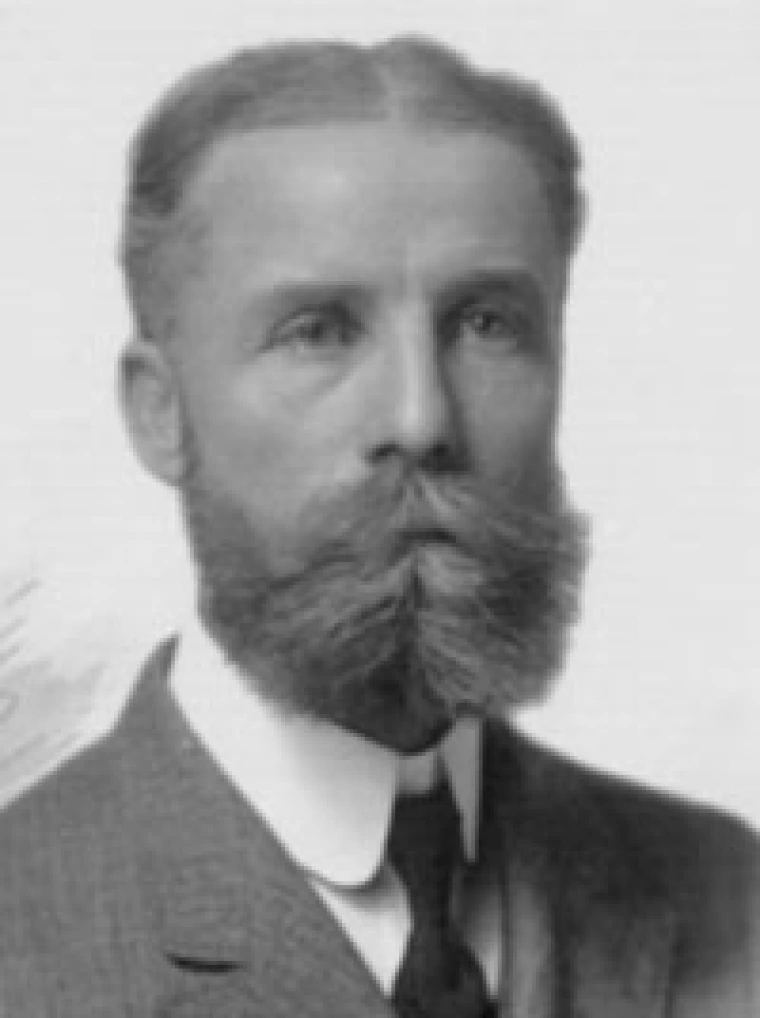Howard Billman

Years: 1895-1897
Presidential Order: 2nd President
The Rev. Howard Billman became the University of Arizona’s second president in September 1895. Born in Ohio, he was a graduate of Wabash Academy in Indiana, attended Auburn Theological Seminary in New York and, in 1881, graduated from Lane Theological Seminary in Cincinnati. He came to Arizona in 1888 to be the superintendent of the church-sponsored Indian Training School in Tucson, and soon became a member of the Board of Regents. There was no graduating class at the University in 1896, but Billman did hold commencement exercises for students completing the preparatory course. Territorial Gov. Benjamin J. Franklin spoke, and Tucson’s military band played a concert for the event. Billman often traveled through the territory to campaign for students. His report to the Board of Regents for 1896-97 revealed that out of 147 students enrolled at the University, 80 lived outside of Pima County. Many of those students were unable to participate in college-level study because Arizona still had no high schools. A legislative committee investigating the situation recommended that no one be admitted to the University who was under 16 years of age and had not completed at least eight grades of public school work. Billman’s administration saw many funding issues. Government funds intended for agricultural research were being used for other operations, many faculty members were unhappy, and buildings were overcrowded and in disrepair. The University received its first research grant when James Douglas, on behalf of the Copper Queen Co., presented the University with $10,000 to purchase instruments for scientific research. In 1897, the University established girl’s tennis and croquet teams, a men’s basketball team and a standing committee on athletics. The first field day was held on Feb. 22, 1897. On Memorial Day in 1897, diplomas were presented to three qualified graduates. Shortly after graduation, Billman resigned and returned to the ministry. He was a pastor from 1904-1911 in East St. Louis, where he died in 1928.

